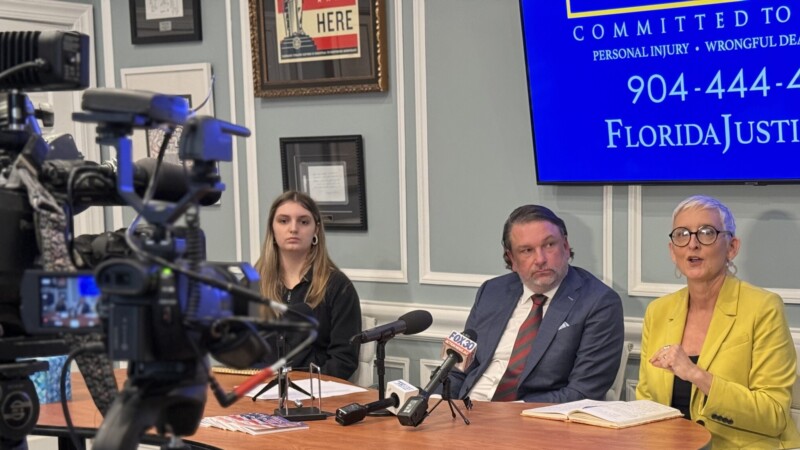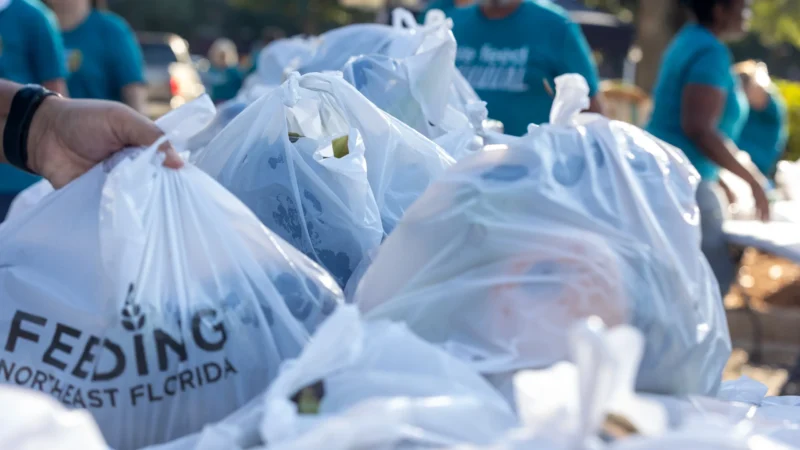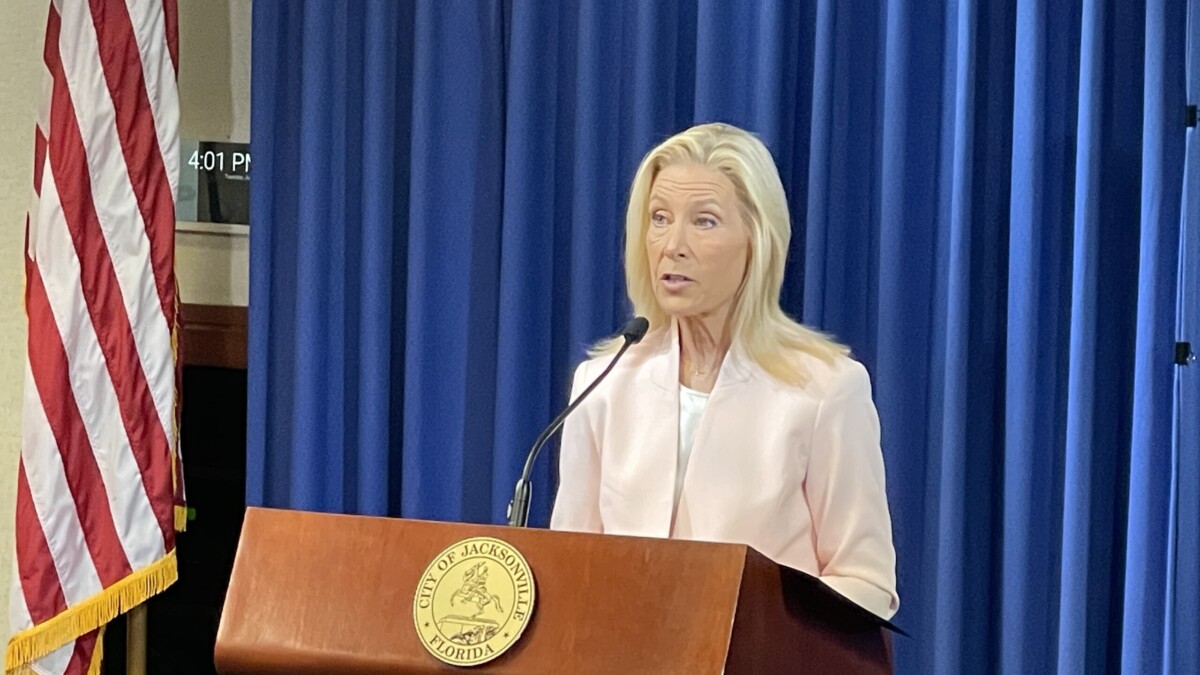Florida officials are moving at breakneck speed to build the “Alligator Alcatraz” immigrant detention center on a partially-built airstrip in the Everglades — inviting harsh rebukes from environmental groups founded to protect this very stretch of fragile wetlands.
Miami-Dade County Mayor Daniella Levine Cava sent a letter to the Florida Division of Emergency Management on Monday imploring official not to start building the facility on the county-owned parcel until more information was shared about its potential environmental effects.
But the administration of Gov. Ron DeSantis responded Tuesday to that request with a flat refusal.
“While the negotiations to purchase the property are underway, the Division will begin immediate utilization of the improved area of the site, as I now deem it necessary to meet the Division’s current operational demands in coping with the emergency,” Emergency Management Executive Director Kevin Guthrie wrote to Levine Cava on Monday.
Late Tuesday, Levine Cava’s office issued a statement to media confirming that DeSantis was going to take control of the airport facility under his emergency powers.
“We understand that state agencies under the governor’s direction have broad authority to take action under declared states of emergency, but the rapid pace of this effort has provided little opportunity for due diligence given the potential significant impacts to our community,” Levine Cava said in a statement.
She also said she and county officials “continue to have concerns about how a facility at this scale can operate without impacts to the surrounding ecosystem.”
The action by DeSantis is part of a declared state of emergency issued two years ago to respond to reported mass illegal migration into Florida. He further extended that state of emergency earlier this month.
Using those emergency powers, DeSantis has greenlit the state’s use of the airstrip to begin building the detention center immediately without completing any negotiation with Miami-Dade County, the landowner of the property.
The Florida Division of Emergency Management offered to purchase the land for $20 million. Levine Cava responded that the most recent appraisal puts the property value closer to $190 million, an amount the state called “unreasonable.”
Construction of the site is part of the state’s plan to create 5,000 immigration detention beds by early July across a number of other facilities, according to top state officials.
The plan has the backing of the U.S. Department of Homeland Security, which called the facility “innovative” and “cost-effective.”
“Alligator Alcatraz will expand facilities and bed space in just days, thanks to our partnership with Florida,” the department said in a statement on X.
The decision by DeSantis administration officials comes at a time when the Trump administration has said it wants U.S. Immigration and Customs Enforcement officers to apprehend at least 3,000 unauthorized migrants daily, up from about 650 daily during the first months of Trump’s second term.
READ MORE: Florida to build ‘Alligator Alcatraz’ detention center for migrants in Everglades
Environmental groups have rebuked the state for moving so quickly on this project without any sort of environmental impact study or approval, especially considering the airstrip is in the middle of the ecologically sensitive Everglades.
“ This site isn’t surrounded by the Everglades. This is the Everglades. If you look at this on a Google Earth image, you’ll see that there are pristine wetlands surrounding the single runway that stands out there,” Eve Samples, executive director of the nonprofit Friends of the Everglades, told WLRN.
In the late 1960s, Marjory Stoneman Douglas, then 79 years old, founded Friends of the Everglades to oppose the proposed construction of a major airport in the same fragile wetlands where state officials want to build the immigrant detention center.
Though the state contends that the site will not have significant environmental effects because the area is already paved and vegetation will not be removed, Samples said there will still be impacts from waste runoff and construction.
“ And then there are things like endangered species impacts. We know from telemetry records that panthers are frequently spotted in this area, and the sad fact is that the state hasn’t publicly discussed or analyzed any of this. Instead, they’re moving forward in a really aggressive fashion, already moving equipment onto this site,” Samples said.
Friends of the Everglades is encouraging Floridians to reach out to DeSantis and Florida Attorney General James Uthmeier, who has championed the project, to express their discontent with building a migrant facility there.
According to Samples, 4,000 people have sent letters to DeSantis and Uthmeier via the Friends of the Everglades website.
Others are also concerned about how this project stands to affect the rest of the state.
Florida Democratic Party Chair Nikki Fried, in a statement, blasted DeSantis and Uthmeier.
“[They] are once again abusing their power — this time by hijacking Miami Dade- and Collier County-owned land and damaging one of the most fragile ecosystems on earth to build a 1,000-bed immigration detention facility in the heart of the Florida Everglades.”
Steve Friedman, a councilman for the Village of Islamorada and former commodore of the Florida Keys Fishing Guides Association, told WLRN he worries how runoff from the construction of the facility will affect the environment and economy around Florida Bay.
“Anything that happens even in the north of the Everglades affects us here in the Florida Bay. Runoff comes down to as close as 1000 yards from shore in Islamorada,” Friedman said. “This asinine idea of creating this detention center for immigrants and also housing for the guards and security and staff in this area is beyond the realm of any sort of basic logic or reality.”
Brian Griffin, a spokesperson for the governor, said in a statement that the Florida Division of Emergency Management will use temporary buildings and shelters on the airstrip site “consistent with similar applications during natural disasters.”






